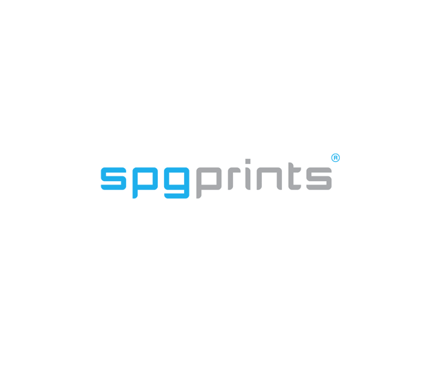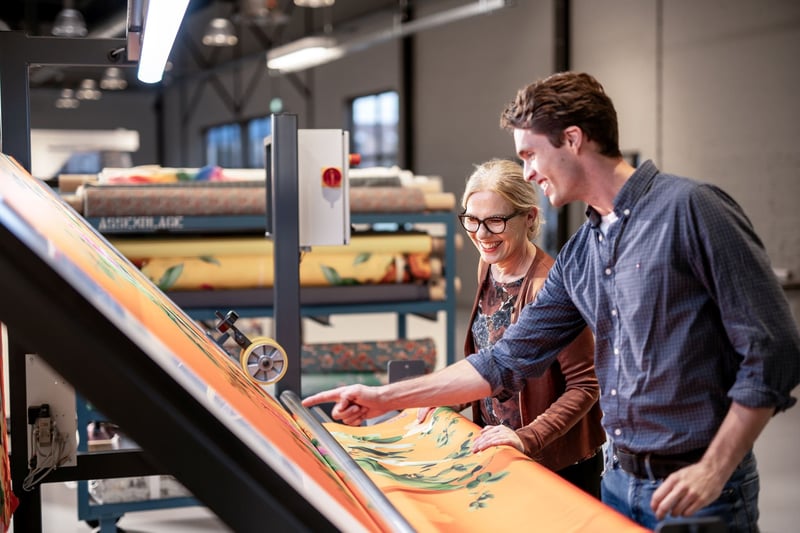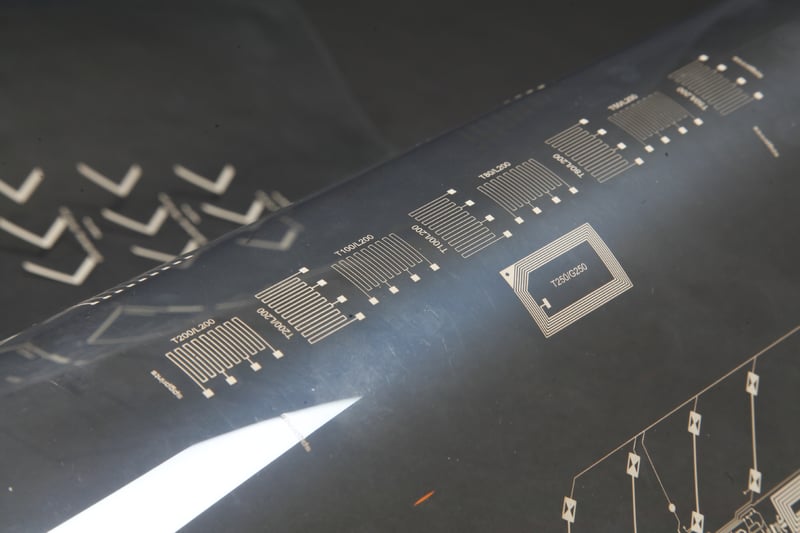A growing focus on Sustainability
Initially, digital printing’s main advantage was the freedom of design, offering limitless possibilities compared to traditional rotary screen printing. You could create large designs with millions of colors without repeating patterns. However, in the last 5 to 7 years, the focus has shifted toward sustainability. Digital printing uses significantly less energy and water than traditional methods, which aligns with the global emphasis on reducing environmental impact.
Despite the growing popularity of digital printing, conventional printing still dominates the market, comprising about 85-90% of all printing. Nevertheless, we continue to innovate in both areas, making rotary screen printing more energy-efficient and less polluting while also advancing digital technology. This dual approach ensures that we meet the diverse needs of our customers, providing them with the best of both worlds.
The Future of Textile Printing
In the future, conventional and digital printing technologies will coexist, each offering unique benefits. Companies increasingly use both technologies, balancing cost efficiency with the creative and sustainability advantages of digital printing. As digital printing evolves, we incorporate AI and automation to improve reliability and reduce human intervention. For example, AI-driven camera systems can detect and compensate for malfunctioning nozzles, extending the lifespan of print heads and ensuring consistent print quality.
The textile printing industry is shifting towards more sustainable practices, such as pigment printing, which eliminates the need for steaming and washing, saving water and energy. Additionally, there’s a move from traditional disperse printing to sublimation for polyester, offering further environmental benefits.
In terms of regional markets, Turkey remains a key area for SPGPrints, with a strong textile heritage. The trend of nearshoring, where brands produce closer to their customers, is gaining traction. This trend is also evident in Central and South America, where textile industries are growing to serve the North American market. Similarly, regions like the Middle East and Africa show potential for growth in digital printing, despite being in the early stages of adoption.

Selecting the best digital printer suitable for you and your customers
In conclusion, the textile printing industry will continue to thrive, driven by technological advancements and a growing emphasis on sustainability. SPGPrints is committed to leading this evolution, leveraging our extensive experience and innovative spirit to provide cutting-edge solutions. Whether through conventional or digital printing, our goal remains the same: to deliver high-quality, efficient, and environmentally friendly printing solutions for our customers worldwide.
To remain competitive in the textile printing market, print companies must align their capabilities with customer demands. Incorporating digital textile printing into operations holds vast potential for companies of all sizes. However, strategic investment is key, understanding current printing capabilities and anticipating future customer needs. Are you eager to discover your ideal digital textile printing solution? Access our comprehensive selection guide that addresses all your queries. Download our publication using the button below to make an informed decision and propel your business forward.






